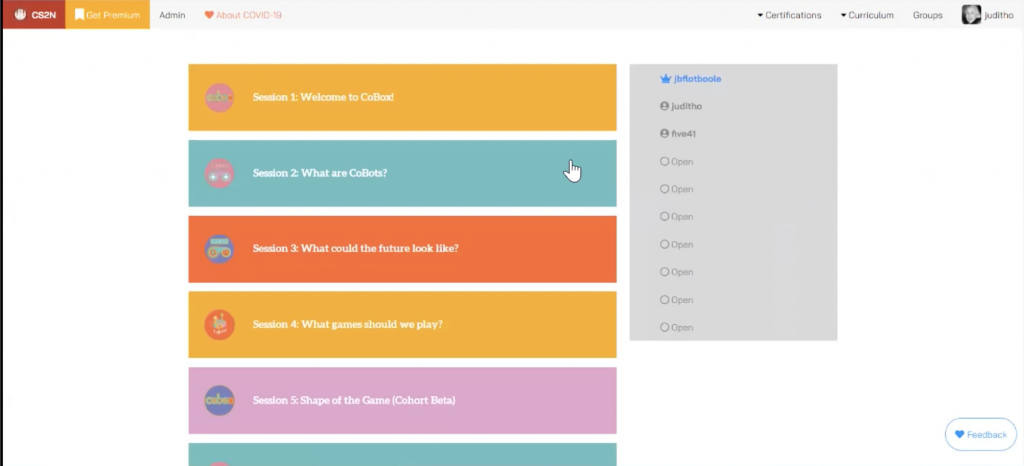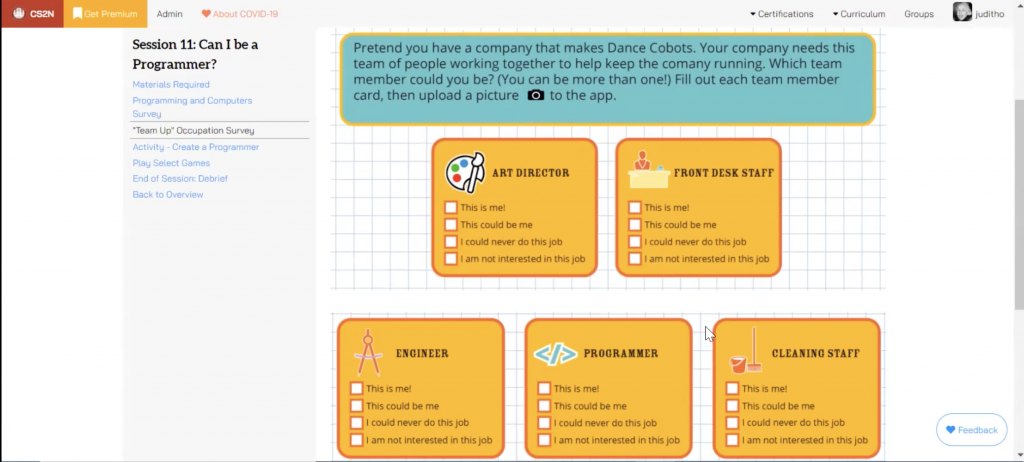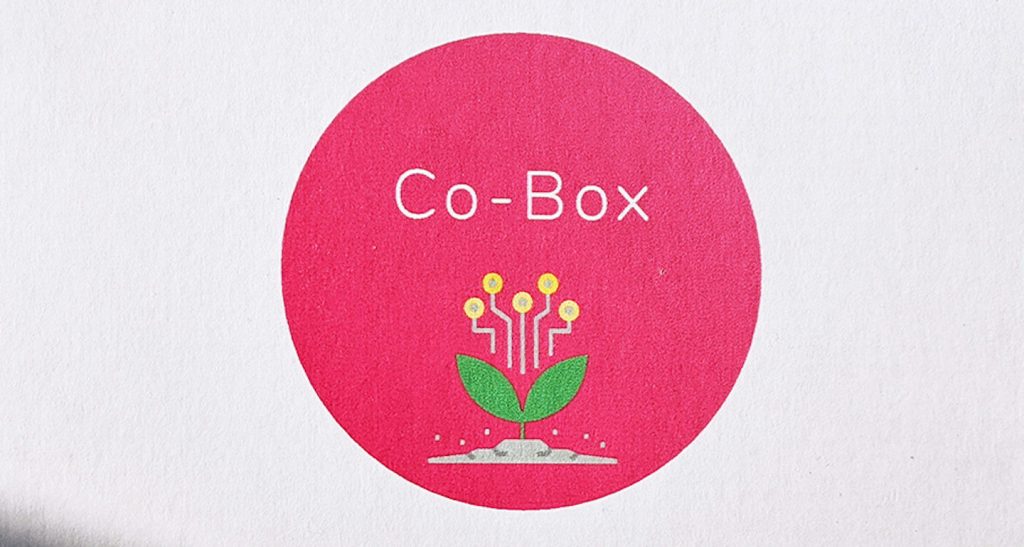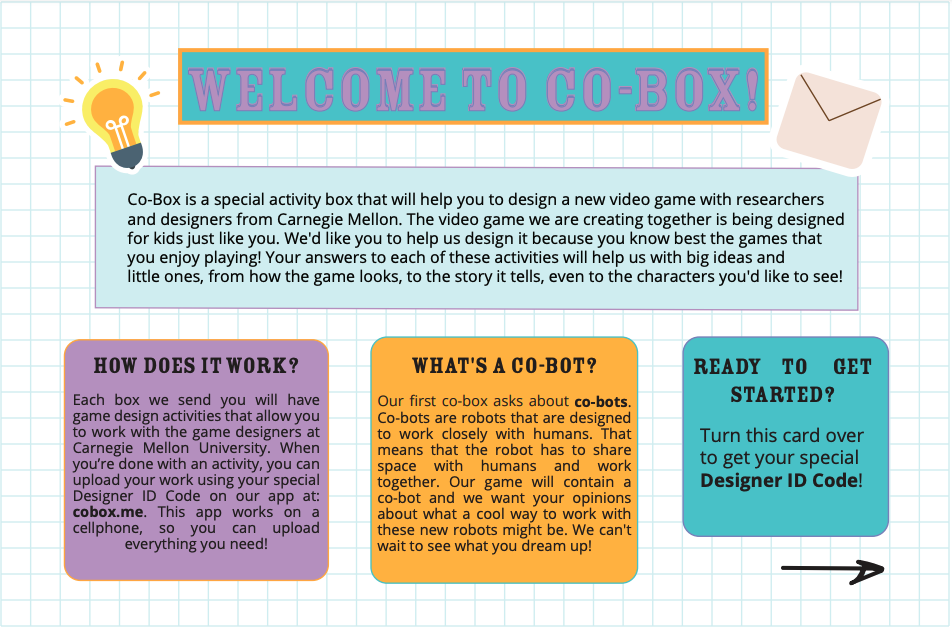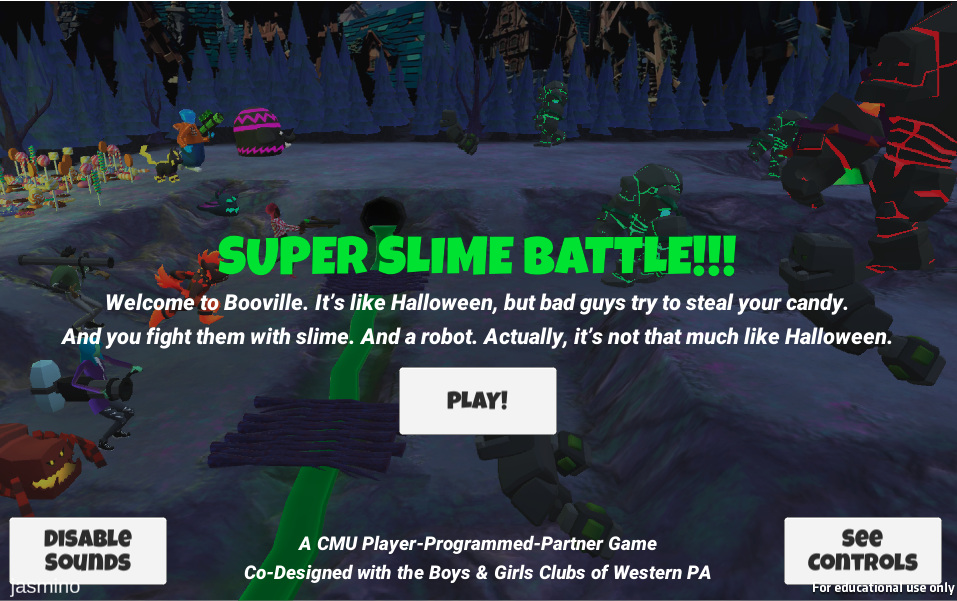
Tools
Tech & Design: Unreal Game Engine, Website Building
Methods
Research: Cultural Probes, Co-Design Cohorts
Design: Game Design Principles
Summary
P3G, Player Program Partner Games, is a project that aims to give children in low-socioeconomic backgrounds the opportunity to explore co-robotics by granting them the agency to design their own game. The project is funded by the National Science Foundation and aims to construct a sense of identity among children while exposing them to game design and STEM.
Introduction
Co-Robotics describes the collaboration of robots and humans in working environments. This is currently prevalent in manufacturing settings, such as automotive spaces. The P3G project introduces children to the co-robotic revolution by fostering their creativity and making co-robot mini games completely from their instruction. The children are “designers and full-on stakeholders” of these games. The project hopes that by seeing their ideas come to life, the children develop interest in co-robotic technology and envision themselves in STEM fields in the future. The P3G Project will also construct a Naive Game, free of the children’s input, to observe differences between child-design games and adult-designed games.
Problem Space
As technology becomes more advanced and prominent in society, the counterforce of socioeconomic inequality limits certain individuals’ opportunities to be a part of these changes. The P3G Co-Robotics project aims to alleviate the impact of these inequalities on children, both by providing encouragement to explore technology and hands-on experience to do so. The project aims to build something tangible to help children find their identities, free from bias, within the technological world. The games created in the P3G Project represent the fruition of children’s interests, abilities, and voices into a tangible project that they will remember.
Project Deliverables
The game designing process starts with children in each cohort, who are considered stakeholders in the project. The project works with 6 Boys & Girls Clubs in Western Pennsylvania to source these stakeholders. The children participate in weekly design cohorts to shape the different components of mini games. The developers in the project then take these ideas and code the game, which is sent back to the children and modified to their wishes. Currently, three mini games are in development by three different cohorts of children:
- Working Title: Super Slime Battle
- The player plays as a protagonist in a town of monsters, and fights against the antagonist, an evil corporation and their minions, whose goal is to steal the player’s candy crops. The player is given a co-robotic pet and fights back by throwing slime at the minions. The co-robotic pets can be programmed to suit the player’s needs.
- Working Title: Accelerating City
- The player controls a car in 3rd person, which is driving through a town while performing flips. The co-robot in this game is the car itself.
- Working Title: Zilla City
- The player assumes the role of the Pied Piper, and catches rats with the help of co-robotic helpers. More information will be provided as the game progresses.
The project team is also developing a game free of direct participation from the children, but draws on ideas collected from the children throughout the project. The goal is to compare the difference between games designed by children and games designed by adults. This game is referred to as the “Naive Game”.
- Untitled Naive Game
- The game is set in the far future, where humans abandon Earth and seek shelter in other planets. The players in the spaceship apply principles of regenerative recology to build around the existing infrastructure in these planets to sustain life. Throughout this process, players use their co-robots to build their new home and cultivate the land.
Research Methods and Insights
The research done during the P3G robots project aims to answer questions around game-design, co-design, and the external factors that impact these processes. Such as:
- How does a child’s life experiences impact the games that they design?
- How do children and their parents view games?
- What is the best way to approach co-designing with children?
Information to be synthesized are collected through co-designing sessions with cohorts of approximately 25 children. There are currently three cohorts grouped by location, demographics, and common experiences: the Lawrenceville group, the Duquesne group, and the Somerset group. The team put together sessions that focus on one specific aspect of the game design and co-bot design a week. The entirety of cohort sessions lasts approximately 20 weeks, depending on the success of research phrases. Sessions are facilitated through a special log-in required website: Cobox.me. More information on Cobox can be found here: https://www.cmu.edu/cobox/
Session Examples:
Session 1: Welcome to CoBox!
This initial session serves as an idea generating session. Researchers learn about the children and their notions about robots. Children try their hand at modifying designs for daily objects. The session ends by letting children play different games to ignite design ideas. | Session 3: What could the future look like?
This session asks the children to imagine their life as a 25 year old – their occupation, daily routine, and robots’ place in their lives! Researchers assess the children’s future aspirations and expectations of future technology. |
Session 4: What games should we play?
This session digs into the children’s game preferences. Children are asked about their favorite games, games that they play at home, and elements that make up a good game. Researchers take this information to craft game ideas, which are presented to the children in subsequent sessions. The children critique and shape the game to their liking. | Sessions 11: Can I be a Programmer?
This session tests the children’s perceptions and biases of programmers. Children are shown pictures of a diversity of people and are asked to identify the programmers. In truth, everyone in the pictures are programmers. Researchers took note of what the children had to say about defining traits of programmers and people in other professions. |
The team also interviewed adults, such as parents and providers in Boys & Girl’s Clubs about their expectations for the kids and their role in the children’s upbringing.
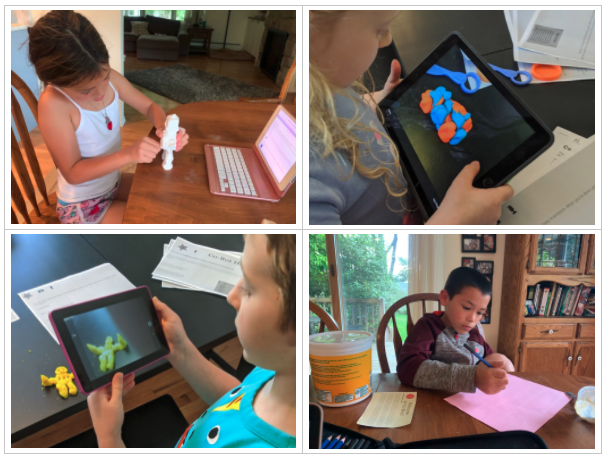
Challenges
One challenge of the project is one that the team did not anticipate: the CoVid-19 pandemic. Social distancing during the pandemic posed a major disruption to the in-person co-designing sessions with the children. Instead, the team collaborated with the Boys & Girls’ Clubs of Greater Western Pennsylvania to put together “Co-Boxes,” creativity kits shipped to each child’s home. Box contents include clay, crafts, and other activities. The kits aimed to stimulate interest by alluding to the different components of game design, and served as a way for the team to gauge feedback from the children as they upload their creations onto the team’s special app, Cobox.me. Eventually, the take-home Co-Box movement evolved into Zoom co-design sessions, restoring a semblance of the in-person interaction that the project relied on before the pandemic. Currently, the team is still using CoBox and operating on Zoom with the children.
On the research side, challenges include expectation management across the children and recognizing the differences between cohorts. While each child had personal ideas of what they want in their game, it is impossible to incorporate everything. The team had to navigate teaching prioritization, teamwork, and how to keep the children satisfied with the final result. The team also saw differences between the three cohorts, both in attitude and knowledge. The team learned to see “irregularities as assets, and not disturbance,” research lead Judith Uchidiuno explained. As a result, they had to find unique ways to get different children engaged and interested in STEM.
Hopes and Impacts
The project is still ongoing, but it hopes to make a permanent impact in the way underprivileged children view their identity and their place in STEM. The project hopes to instill confidence, encouragement, and agency in the children to pursue STEM, while learning about cobots and game design. The team plans to begin a research paper once one cohort has finished the entirety of their co-designing sessions.
Acknowledgements
The P3G project is funded by the National Science Foundation, which established this grant specifically for a co-robotic project. The project is made possible through the collaboration of the Carnegie Mellon Robotics Academy and the CMU OH!Lab.
Team
Leads/Members:
Dr. Jessica Hammer – HCII/ETC, Project Initiator
Dr. Ross Higashi – Robotics Institute, Project Initiator
Dr. Erik Harpstead – HCII
Dr. Marti Louw – HCII
Lee Carrozza – Robotics Institute
Todd Durant – Robotics Institute
Jesse Flot – Robotics Institute
Joshua Jarvis – Robotics Institute
Vu Nguyen – Robotics Institute
Thomas Luong – Robotics Institute
Catherine Porter – Robotics Institute
Curtis Sobien – Robotics Institute
Jonaya Kemper – HCII/Robotics Institute
Dr. Judith Uchidiuno – HCII/National Robotics Engineering Center
Mingzhi Cai – Student (Graphics)
Sylvia Ding – Student
Yuran Ding – Student
Franklin Guttman – Student
Adrian Ma – Student
